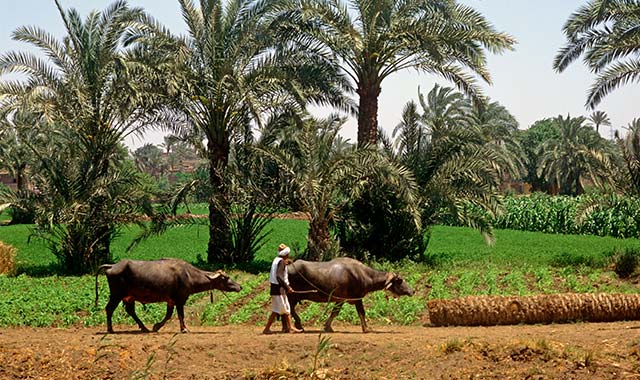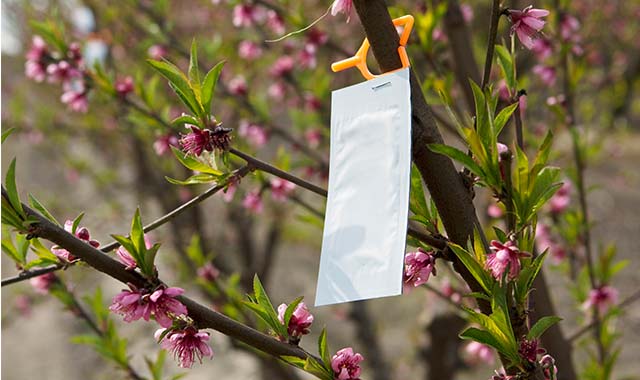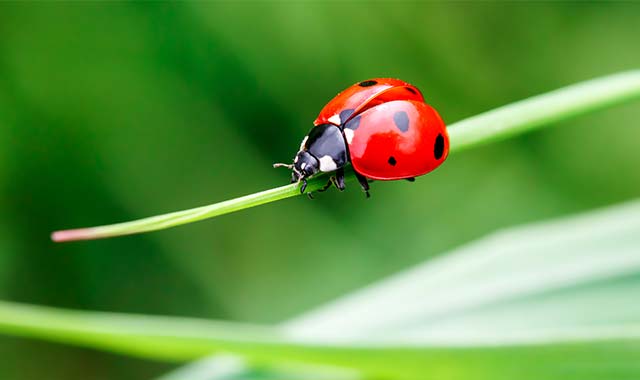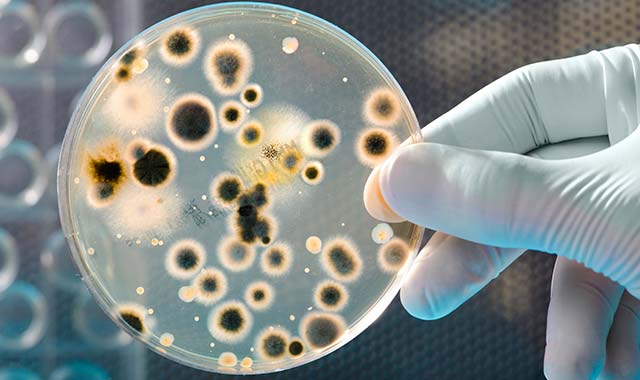Why Pheromones Should Not be Missing in Your Sustainable Crop Protection Toolbox
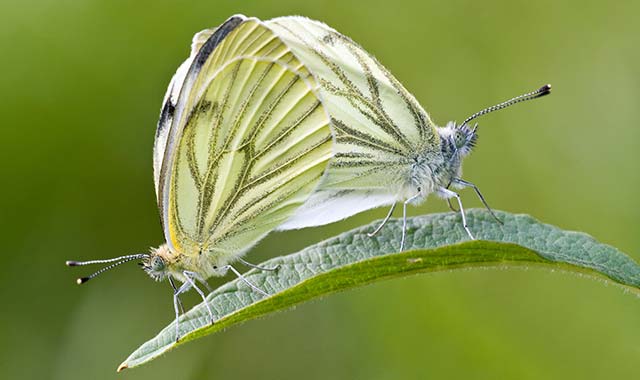
In the quest for sustainable and environmentally friendly solutions to pest control in agriculture, pheromones have emerged as a promising alternative. Pheromones are semiochemicals released by organisms that influence the behavior or physiology of individuals of the same species. Their application in agriculture offers a highly targeted, non-toxic mode of action that minimizes the risks associated with traditional pesticides. This article explores the global perspective of the pheromone market, examining their diverse applications in agriculture, as well as exploring their advantages and challenges.
Perception of the Pheromone Market
Globally, the pheromone market has experienced significant growth due to the demand for alternative pest control solutions. With herbivorous insects causing substantial losses in crop production worldwide, conventional pesticides have long been the primary approach. However, concerns about their potential health and environmental impacts, as well as the development of pest resistance, have prompted the need for alternative solutions.
Pheromones have emerged as a sustainable tool to conventional pesticides and are projected to reach a global market value of $ 4-5 billion US1, with Europe also witnessing this trend due to the stringent regulations on conventional pesticides.
Understanding Pheromones and their Agricultural Applications
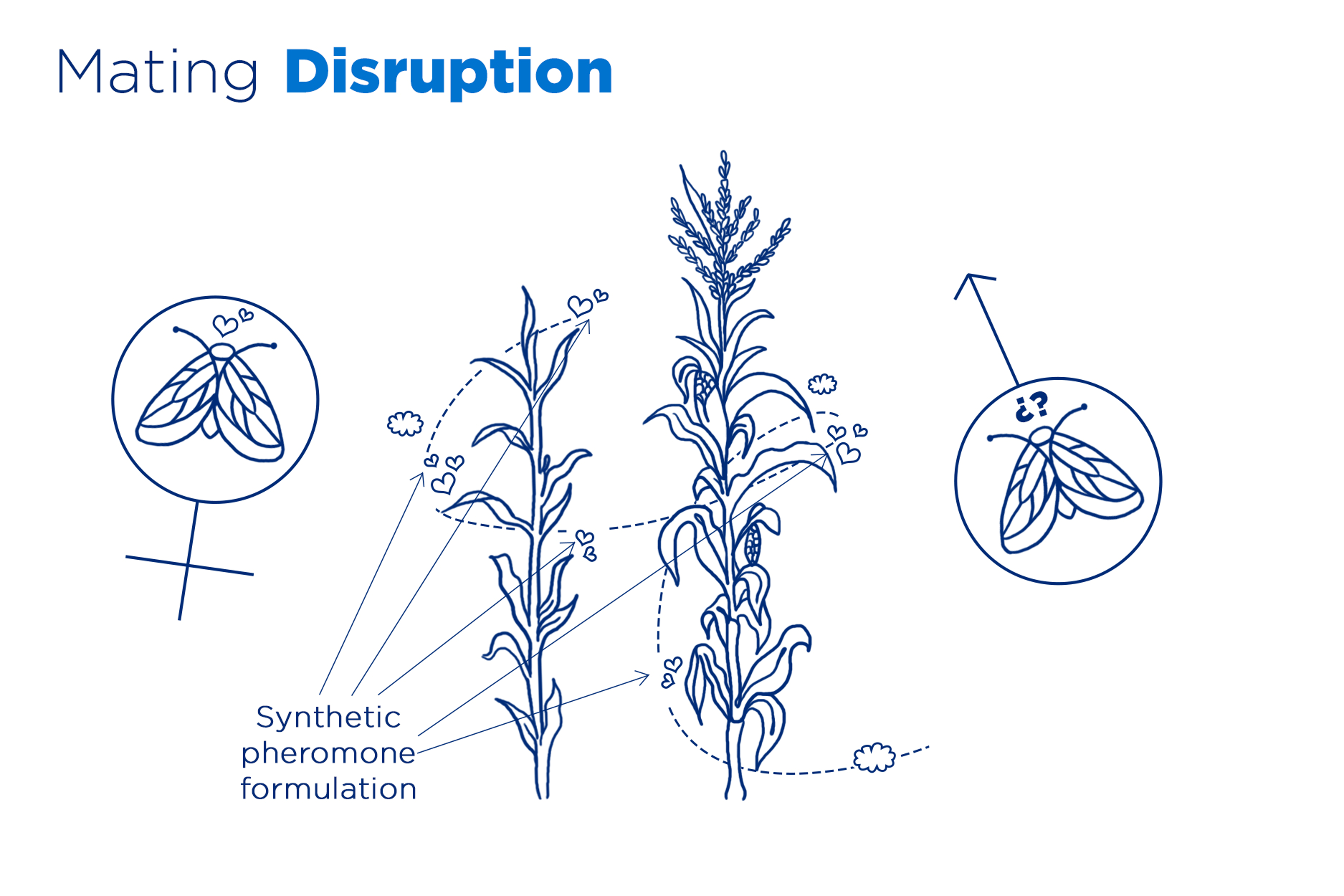
Pheromones serve as chemical messengers between individuals of the same species, facilitating communication for various purposes such as alarm signaling, food location, mate selection, and trail marking. In agriculture, insect pheromones are primarily used to disrupt the mating cycles of pests. This highly targeted approach helps control pest populations effectively while minimizing the impact on non-target organisms and preserving biodiversity. For these reasons, pheromones offer a sustainable and environmentally friendly solution for crop protection.
Pheromones for Pest Control and Their Application
The most commonly used pheromones in agriculture are those targeting lepidopteran pests, although other orders such as Diptera and Hemiptera have gained attention in recent years. These pheromones are often blends; The C10-C18 mono- or diunsaturated acetates, alcohols and aldehydes represent about 75 percent of all known moth sex pheromones. They are deployed through monitoring, mass trapping, or mating disruption techniques. Mating disruption has found application in high-value horticultural crops, vineyards, vegetables, forestry, and stored products.
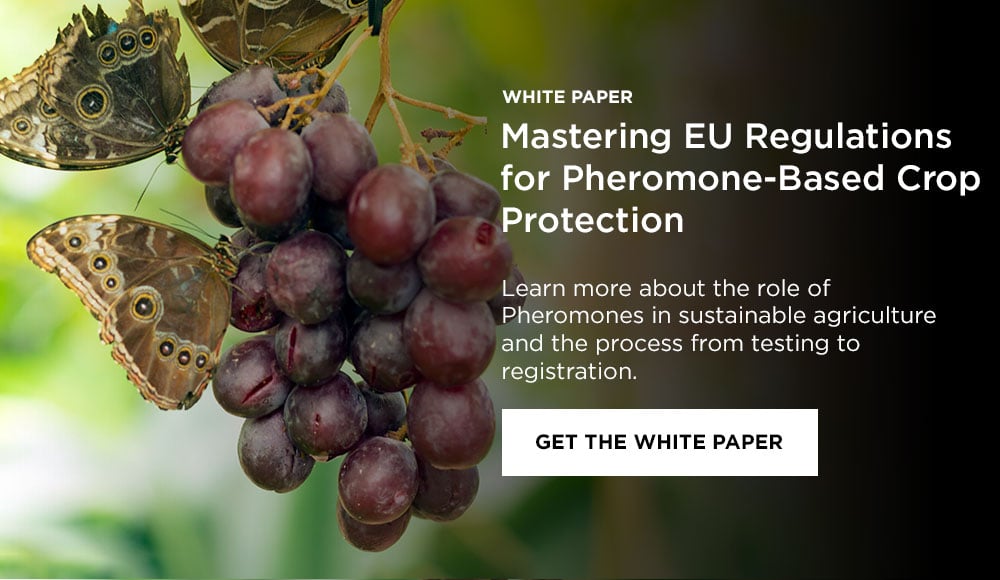
Devices for Pheromone Application and Working Mechanisms
Traditionally, pheromone dispensers, both active and passive, have been used in traps and lures. However, modern advancements have introduced sprayable formulations that can be applied using conventional farm equipment.
The formulations used to regulate the release of pheromones range from capsule suspensions to solid formulations that contain the active substance absorbed on a matrix that enables the release of the active substance at a controlled and desired rate after the spray has dried. If this development can be combined with the reduction of the production cost of the active substance, pheromone-based solutions can be developed for lower-value crops as well.
Sustainability Benefits of Pheromones
Pheromones offer a sustainable crop protection solution with several environmental and health advantages. Their non-toxic mode of action poses minimal risks to mammals and beneficial organisms, making them safer for human health. Additionally, the specific targeting of pests helps maintain balanced ecosystems and preserves biodiversity. These characteristics present an appealing potential to help address the challenges posed by climate change in the agricultural sector, and makes them an ideal tool for integrated pest management (IPM)
The adoption of pheromone-based pest control methods faces certain challenges and limitations. Farmers need to learn and adapt to alternative modes of action, requiring education and support during the transition. The cost of pheromone production has been a significant barrier to expanding their use from high-value crops to row crops. Furthermore, the specificity of pheromones to individual pests necessitates separate solutions for new pests. Research on affordable production methods and multi-pest pheromones is crucial to overcome these limitations.
Overcoming Challenges for Plant Protection Product (PPP) Manufacturers
With extensive expertise in the regulation of plant protection products, including both conventional pesticides and naturally occurring biological control agents, Battelle Crop Protection Solutions possesses the necessary expertise and resources to effectively accompany, support, and guide you through the intricate regulatory processes essential for successfully introducing your discovery candidate to the market. This encompasses evaluating project viability, conducting specific studies, and assisting with the submission and defense of the registration dossier.
Furthermore, our experienced formulation development department can support you in developing an innovative biological product (pheromone-based, microbials, plant extracts, etc.) tailored to your needs. With our extensive understanding of diverse formulation techniques, we are capable of accommodating the desired release of your active substance within the most suitable delivery system.
Battelle Crop Protection Solutions offers tailor-made solutions for the whole development of biologicals in crop protection. Our multidisciplinary team of experts with complementary skills will support you through the entire process, from bioformulation development to global regulatory dossier submission, to maximize your products’ commercialization success.
If you require any information about Battelle’s experience and end-to-end solutions, or how Battelle can help you across the complete process for both conventional and biological crop protection products, please do not hesitate to contact Dominik Reinhard at [email protected].

Related Blogs
BATTELLE UPDATES
Receive updates from Battelle for an all-access pass to the incredible work of Battelle researchers.


